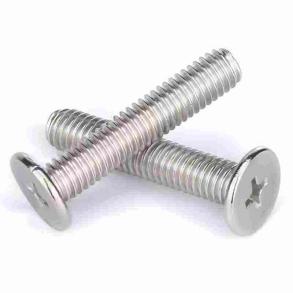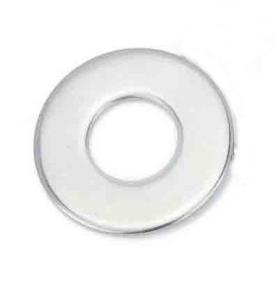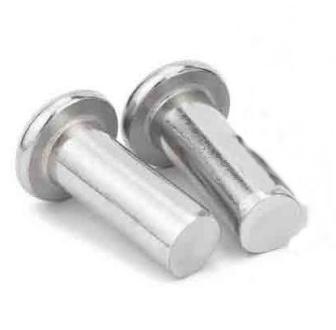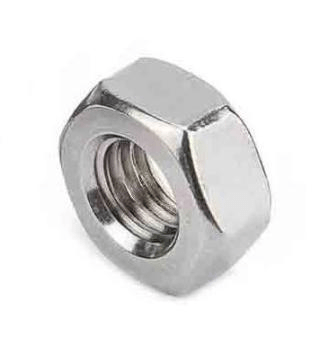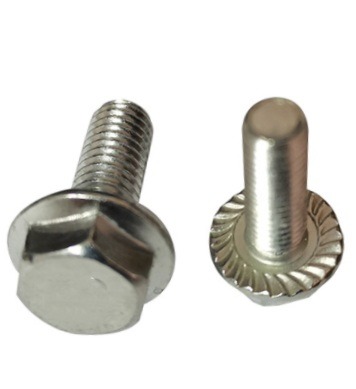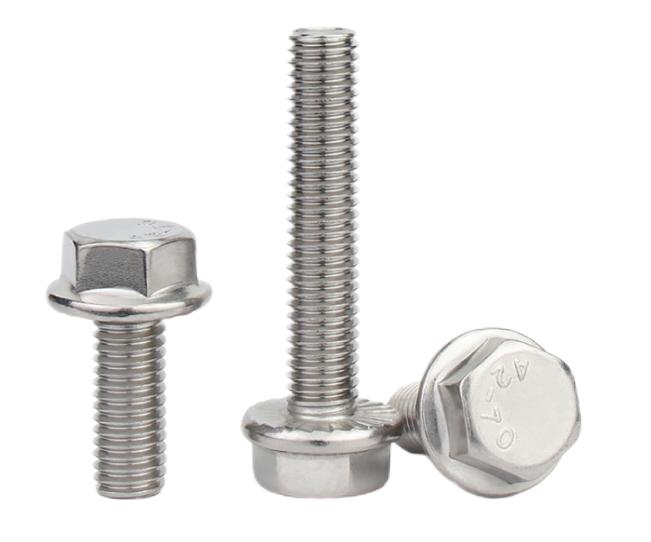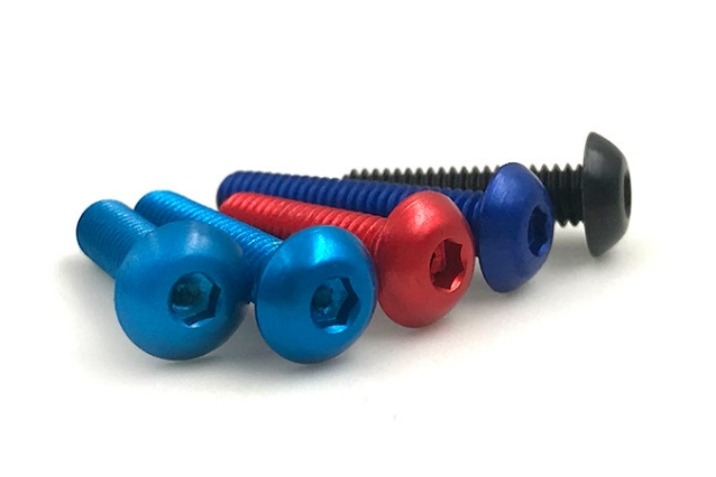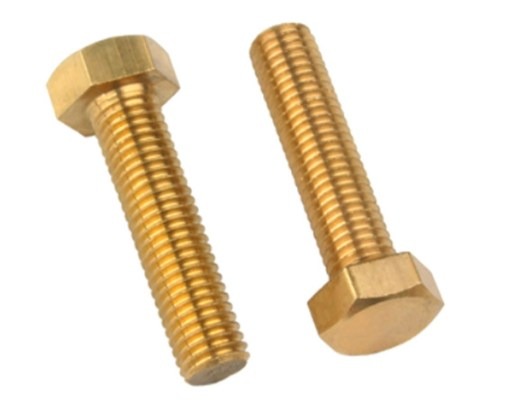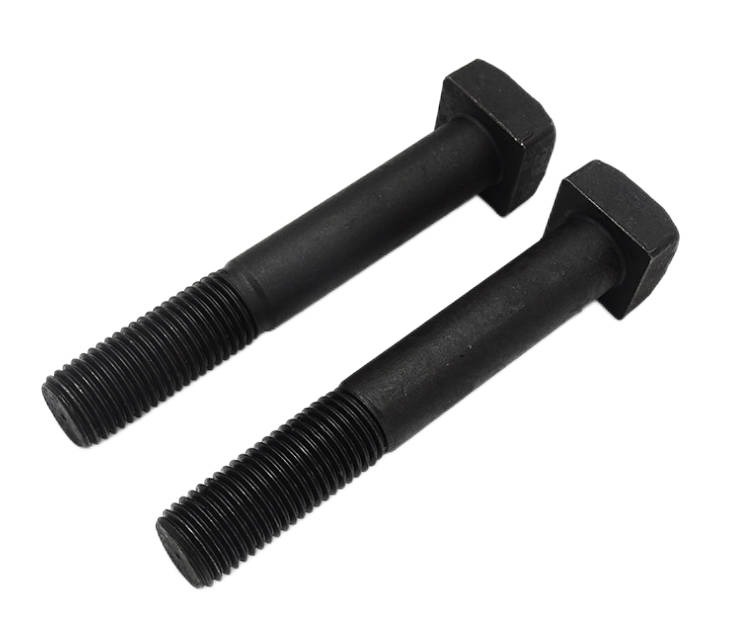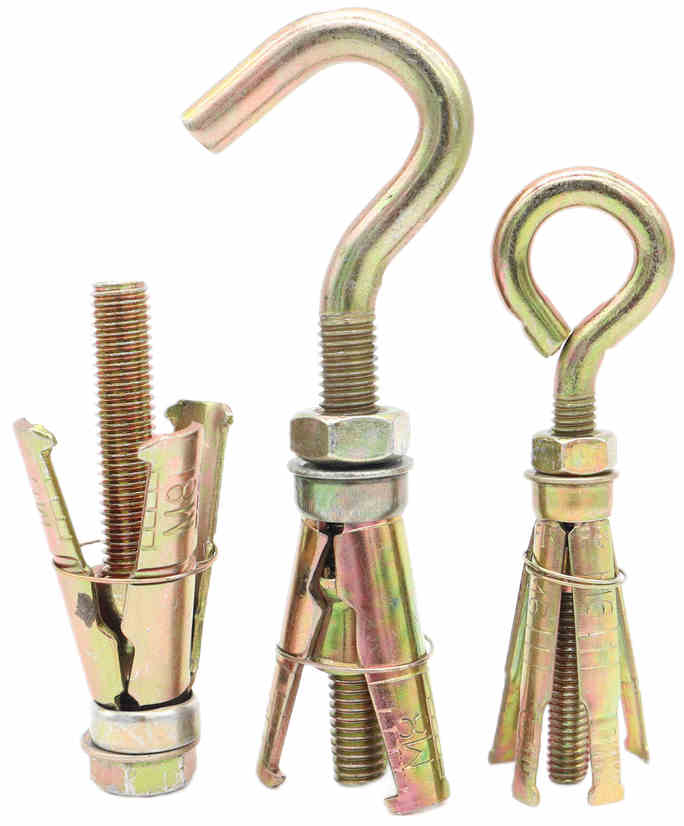What are the Differences Between Carbon Steel Bolts and Stainless Steel Bolts
There are many commonly used bolt materials, such as carbon steel, stainless steel, copper and copper alloys, etc. This article mainly introduces the difference between carbon steel bolts and stainless steel bolts.
1. the Material is Different.
The corrosion resistance of stainless steel decreases as the carbon content increases, so most stainless steels have a low carbon content, up to a maximum of 1.2%.
The main alloying element in stainless steel is Cr (chromium). And only when the Cr content reaches a certain value, the corrosion resistance can be obtained. Therefore, the content of Cr in stainless steel is at least 10.5%.
In addition, stainless steel also contains elements such as Ni, Ti, Mn, N, Si, Cu, Nb, and Mo.
Classification of stainless steel:
1. Ferritic stainless steel. Contains 15% to 30% chromium. Corrosion resistance, toughness, and weldability increase with the increase of chromium content, and chloride stress corrosion resistance is better than other types of stainless steel.
2. Austenitic stainless steel. It contains more than 18% chromium, about 8% nickel, and a small amount of molybdenum, titanium, nitrogen, and other elements. It has good comprehensive performance and is resistant to corrosion by various media.
3. Austenitic-ferritic duplex stainless steel. It has the advantages of both austenitic and ferritic stainless steel and has superplasticity.
4. Martensitic stainless steel. High strength, but poor plasticity and weldability. Due to the higher carbon content, it has higher strength, hardness, and wear resistance, but the corrosion resistance is slightly worse. It is used for some parts with high mechanical properties and general corrosion resistance requirements.
The carbon percentage of carbon steel, an iron-carbon alloy, ranges between 0.0218% to 2.11%. In general, the hardness and strength of carbon steel increase with its carbon concentration while plasticity decreases.
There is typically a little amount of silicon, manganese, sulfur, and phosphorus in carbon steel as well.
The several types of carbon steel:
It is separated into carbon structure steel, carbon tool steel, and free-cutting structural steel depending on the intended usage. Engineering construction steel and machine manufacturing structure steel are two categories of carbon structural steel.
According to the smelting method: divided into open hearth steel and converter steel.
According to the deoxidation method: it is divided into killed steel (Z), semi-killed steel (b), boiling steel (F), and special killed steel (TZ).
According to carbon content: divided into low carbon steel, medium carbon steel, and high carbon steel.
According to the content of phosphorus and sulfur, carbon steel can be divided into ordinary carbon steel (with higher phosphorus and sulfur), high-quality carbon steel (with relatively low phosphorus and sulfur), and advanced high-quality steel (with lower phosphorus and sulfur), and extra high-quality steel.
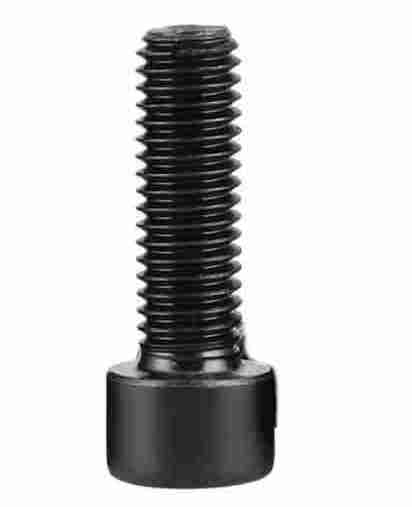
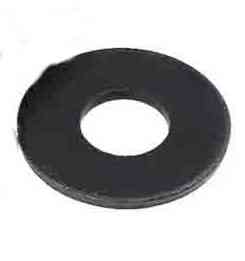
2. the Use Environment is Different
Stainless steel bolts and carbon steel bolts are used in different environments. Because the corrosion resistance of stainless steel bolts is much higher than that of carbon steel bolts. Therefore, some industries with special requirements, especially those with high safety requirements, as well as some occasions with exposure to sunlight, high temperature, low temperature, and high corrosiveness, need to use stainless steel, such as some medical equipment and food equipment.
Relatively speaking, carbon steel bolts are generally used in more conventional occasions, such as furniture and building materials.
3. the Cost is Different.
Stainless steel is more expensive than carbon steel, but it is more durable than carbon steel, not easy to rust, is more resistant to high and low temperatures and corrosion, and has more advantages. The cost of carbon steel is lower. Although carbon steel is inferior to stainless steel in corrosion resistance and other aspects, it is easy to smelt and has good processability.
4. Magnetic Difference
The surface of carbon steel is magnetic and can be attracted by magnets.
Whether or not stainless steel is magnetic depends on the different stainless steel categories. The metallographic structure of stainless steel determines whether it is magnetic. Among them, ferritic (F) type stainless steel and martensitic (M) type stainless steel are magnetic, and austenitic (A) type stainless steel is non-magnetic.
Note: Magnetism occurs when cold work hardening forms a martensitic transformation. Heat treatment can eliminate this martensite and restore the metal structure to its non-magnetic properties.
5. Different Colors
Stainless steel contains a lot of chromium and nickel, and its appearance is silver and bright.
Carbon steel is mainly carbon and iron alloys, and other metal elements are relatively few. The main color of the exterior is the color of iron, and the color will be much darker.
KENENG can produce high-quality carbon fasteners as well as stainless steel fasteners, in addition to aluminum, alloy steel, copper, brass, plastic, super alloy, and other various materials. We can provide you with various types of fasteners, and if it is a non-standard type, we can also provide customized services. Please contact us for a cost-effective quote.

